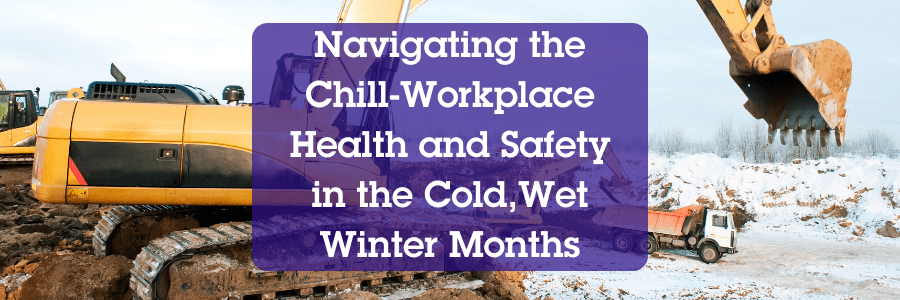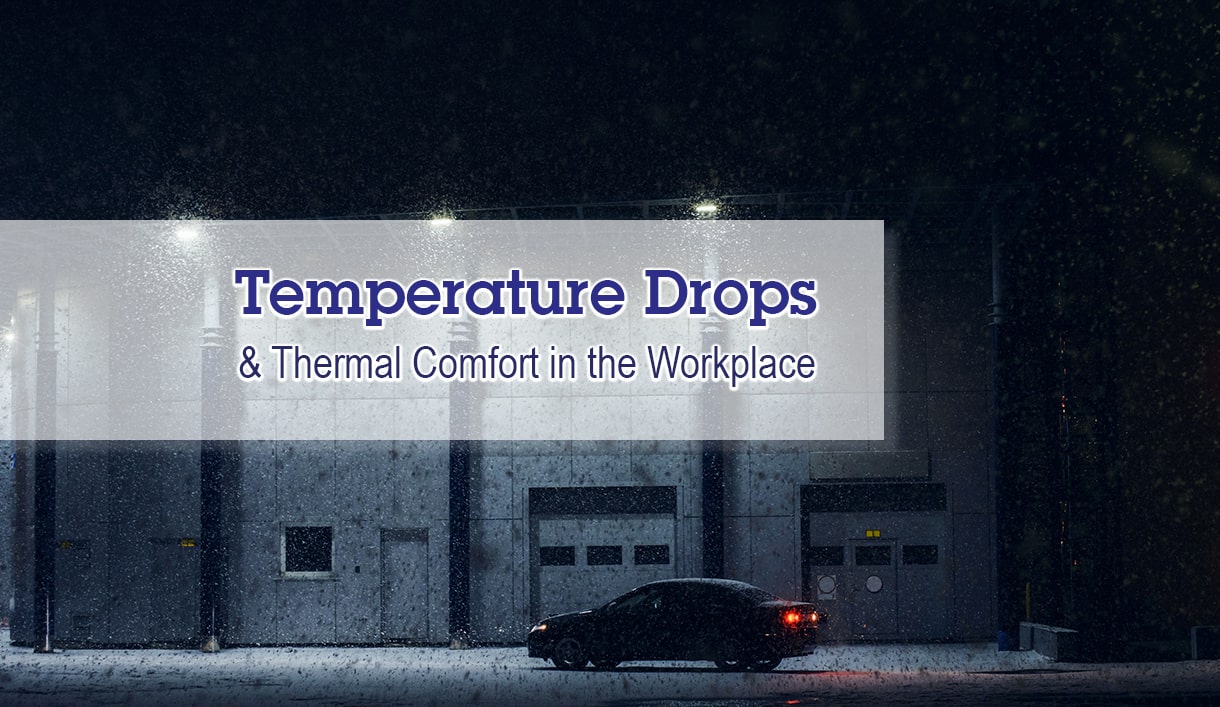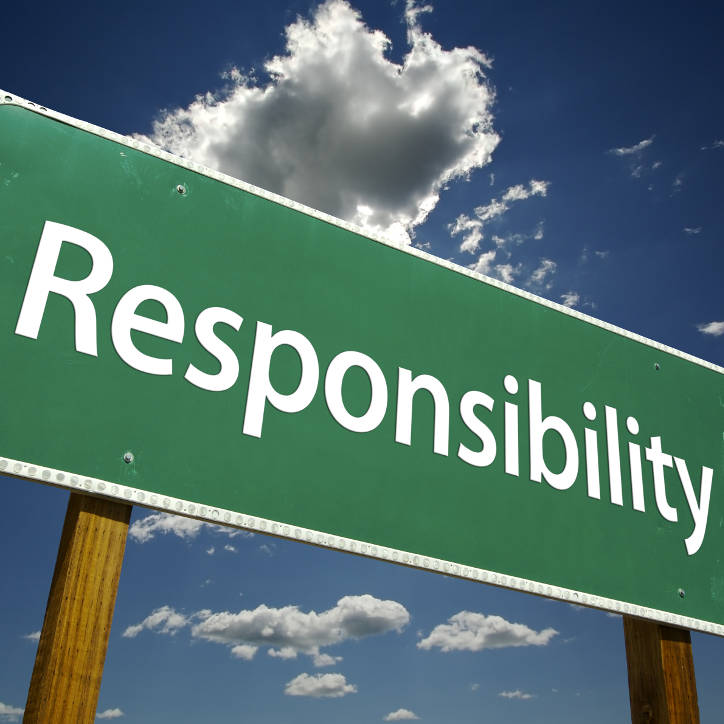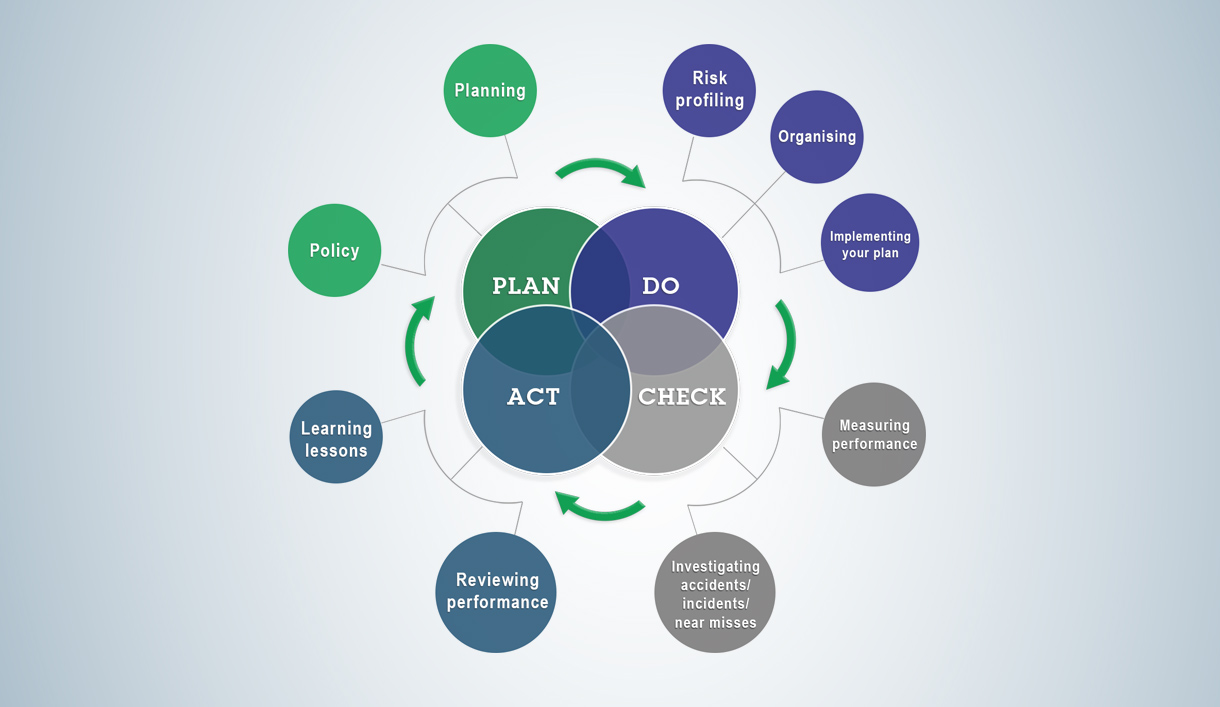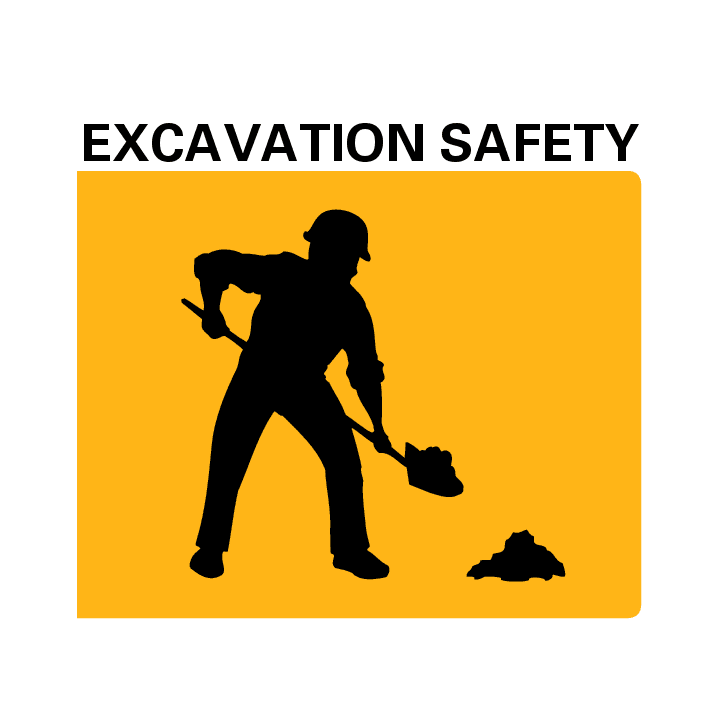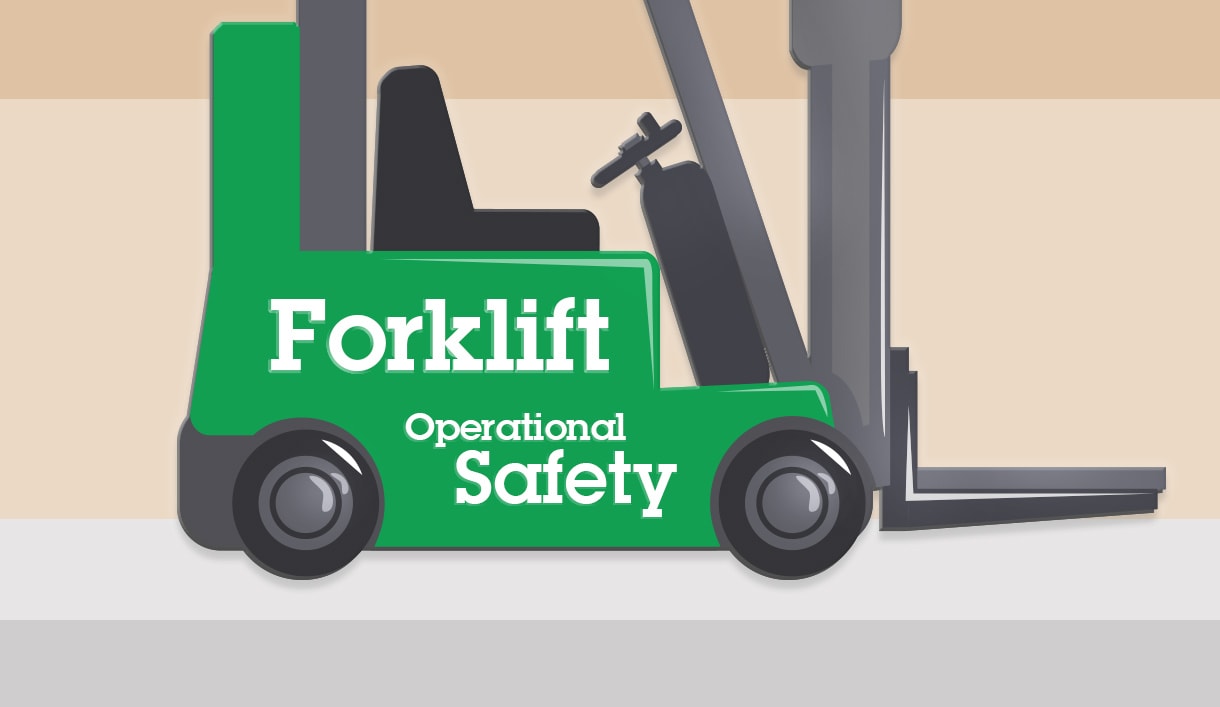Health and Safety in the Cold, Wet Winter Months
Navigating the Chill-Workplace Health and Safety in the Cold, Wet Winter Months
As winter blankets the world in a layer of cold and dampness, workplaces face unique challenges in maintaining the health and safety of their employees. The plummeting temperatures, wet conditions, and icy surfaces pose significant risks to workers. It is therefore essential, perhaps even a legal requirement, for employers to implement effective preventative strategies to protect their workforce during the winter months.
Recognising and understanding winter hazards
The cold, wet winter months introduce a multitude of hazards that can affect the well-being of a workforce. Frostbite, slips and falls on icy surfaces, and an increased risk of musculoskeletal injuries due to cold-induced stiffness are just a few examples. Employers should identify the potential for these hazards in their workplace so that preventive measures can be introduced to reduce their impact on the workforce.
Implementing Preventive Measures
- Personal Protective Equipment (PPE): The workforce should be equipped with winter gear. This might include, as appropriate, insulated clothing, waterproof boots, and thermal gloves. This ensures that workers are adequately protected from the cold and wet conditions, reducing the risk of cold-related illnesses and injuries.
- Slip prevention: Whilst it is impossible to prevent every possible slip, frequently used traffic routes (for both workers and vehicles) should be salted in icy conditions. A system should be in place to alert you of impending snowfalls or freezing conditions, together with assigned action parties to carry out salting operations. Supplies of salt (or grit) should be readily available during the winter months. The regular clearing of snow and ice from traffic routes further reduces the potential for slip accidents.Non-slip matting on the entrance to buildings allows workers (and others) to wipe their footwear if wet or icy, thus reducing the risk of slipping on building floors.
- Employee Awareness: Conduct briefing sessions to make workers aware of the specific risks associated with winter weather and the preventive measures that are in place. Reminding workers of the need to wear the appropriate PPE for the conditions, the potential effect of cold conditions on the muscles with the increased risk of musculoskeletal injuries, and the need to periodically examine the soles of their footwear for “grip” are topics that might be included.
- Risk Assessment: Performing thorough risk assessments is crucial in mitigating the potential for injuries during the cold winter months. Identifying hazards associated with low temperatures, such as icy surfaces and snow accumulation, enables proactive measures to be implemented.
Keeping warm in the cold winter months
Workplace health and safety in the cold, wet winter months requires a proactive approach from employers. By understanding the distinctive hazards associated with winter weather and implementing preventive measures, employers can create a safe and supportive environment for their workforce. This preventive approach, supported by awareness briefings for workers, can assist in reducing the challenges and risks presented by the winter months.

